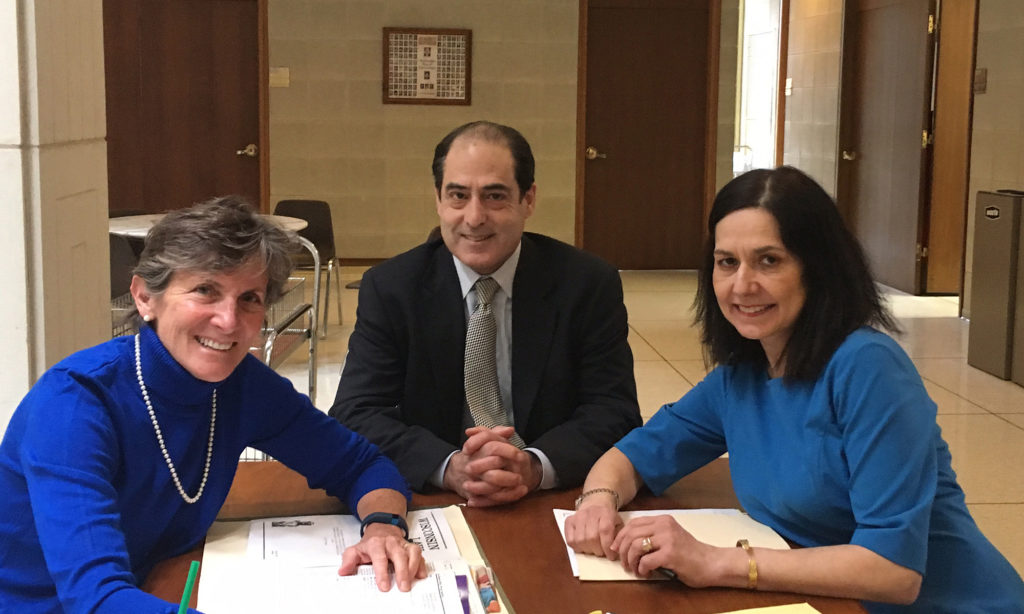On June 9, 2016 California’s version of Death with Dignity legislation (a/k/a Medical Aid in Dying), the End of Life Option Act, went into effect, following a contorted enactment over the course of several years. Thanks in large part to the moving testimonial of 29-year-old Brittany Maynard to the legislature and to Jesuit Governor Jerry Brown, California became the 5th state (after Oregon, Washington, Vermont and Montana) to adopt a law allowing an individual to choose the time and manner of his/her death once diagnosed with a terminal illness, without the risk of criminal prosecution or civil judgment against the prescribing physician or pharmacist.
One noteworthy observation: in its first year, California recorded 258 instances where the process was initiated. There were 191 lethal prescriptions filled but only 111 people decided to ingest the medicine. That suggests that as many as 42% of those who went through the application process to the extent of having the prescription filled, used the medicine not to end life, but to provide a sense of autonomy and control at a time when a disease has robbed them of almost everything which makes life worthwhile: hope and self-direction.
We shall see if California’s initial experience bears itself out going forward. But after 20 years of data in Oregon, we can suspect this first year is not an aberration. In Oregon, 38% of filled prescriptions under Oregon’s Death with Dignity Law are not used. Again, individuals find comfort knowing that at hand they have a medical dosage which will quickly and painlessly accelerate the end if the pain or hopelessness becomes overwhelming. Until that time, there is a sense of self control which in itself is a comfort.
You may wonder why this is worth contemplating. In the 1997 companion cases of Washington v. Glucksberg, 521 US 702 (1997) and Vacco v Quill, 521 US 793 (1997), Chief Justice Rehnquist, writing for a unanimous Supreme Court, sought to differentiate the withholding of medical treatment from the dispensing of a lethal dose of medicine. Without the benefit of any data upon which to make an assessment, the Chief Justice wrote that a physician who withdraws care pursuant to an express patient demand “purposefully intends, or may so intend, only to respect his patients’s wishes”. Whereas a doctor assisting suicide “must necessarily and indubitably intend primarily that the patient be made dead.”
This clearly is incorrect. In the first instance in both cases, the doctor is merely “primarily respecting his patient’s wishes”. Surely in both cases, the doctor would much prefer the patient be cured and healthy. But the doctor is asked to provide a service: withholding medicine, “pulling the plug”, writing the lethal prescription. Will the ultimate consequence be an acceleration of the inevitable death: yes, in general. But not all plugs pulled result in immediate death, not all withheld medicine will immediately kill the patient, and now we know, not all written lethal prescriptions will be taken.
The doctor writing a prescription under Oregon and California or any other state’s Death with Dignity laws can well anticipate that over a third, maybe 40% of his or her patients, will never take the medicine. They will keep the medicine on their nightstand as a symbol of their last act of decision-making and destiny-determination. At a time of hopelessness and despair, allowing a dying patient a modicum of autonomy and control might prove a liberating experience.
Justice Rehnquist pronouncement in Vacco v Quill has been proven in error. It is important to highlight his mistake because Justice Gorsuch in his eloquent book against “Assisted Suicide” cites Justice Rehnquist approvingly. Glucksberg and Quill are both ripe for reversal, given the evolution of the Death with Dignity movement across the country. We now have further evidence contradicting the AMA’s refrain in opposition.

Edmund Tiryakian
Ed Tiryakian, J.D., MBA, founded Dying Right NC in 2015 and is its Executive Director. He previously worked in international banking in Asia before retiring to his native NC.He believes End of Life issues are one of society’s most pressing challenges as we all live longer and the medicalization of the dying process continues to conflict with the individual’s right to choose his or her end.


